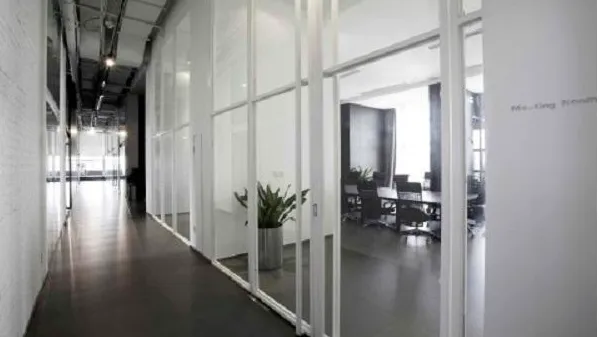
Guess which area has the highest Grade B office vacancy rate in Tokyo
The vacancy rate was at 8.2% in Q3, and has been consistently high since the pandemic.
According to a recent report by Savills, average rents in Tokyo’s large-scale Grade B office market experienced a marginal correction in rents at 0.3% QoQ to JPY24,424 per tsubo in Q3/2023, which translates to a YoY decline of 0.8%.
Nonetheless, the Grade B market appears to be following a stable trajectory, with rental revisions attributable to only a handful of underperforming properties.
Here’s more from Savills:
Indeed, the Shinjuku Grade B market experienced the largest contraction of 1.2% QoQ, triggered by a handful of older offices slightly outside the central area of the city revising rents downwards to remain competitive. Elsewhere, Minato also experienced a marginal contraction in rents at 0.6% QoQ, while rents remained unchanged in Chuo, and increased marginally in Shibuya and Chiyoda at 0.3% QoQ and 0.1% QoQ, respectively.
Average Grade B office vacancy saw a slight uptick at 0.2ppts in Q3/2023 to 4.0%. Shinjuku was the only ward to experience some tightening at 0.1ppts QoQ, while vacancy in Chiyoda was unchanged over the quarter. Vacancy in Minato and Shibuya loosened by 0.7ppts QoQ, while Chuo loosened by 0.1ppt QoQ.
Like in the previous quarter, the highest level of vacancy among Grade B offices persists in Minato at 8.2%, and has remained elevated since the pandemic. That said, Minato appears to be recovering steadily, with vacancy tightening 2.7ppts YoY, although hybrid work arrangements and the consequent bifurcation between offices may hinder this progress in the meantime. Chuo ward’s Grade B market also appears to be struggling with similar circumstances, and also exhibits relatively high levels of vacancy at 4.9%.
Despite the marginal quarterly contraction in average rents, the situation in the Grade B office market looks to remain stable for the time being. The market was largely unchanged in terms of rents and vacancies, with a limited number of specific properties contributing an outsized proportion of fluctuations this quarter. Such offices may keep struggling with attracting and retaining tenants due to poor transport access and a lack of modern facilities. As such, bifurcation between properties will likely persist, and some further rental revisions may be necessary for certain offices to remain attractive to tenants.



















 Advertise
Advertise




